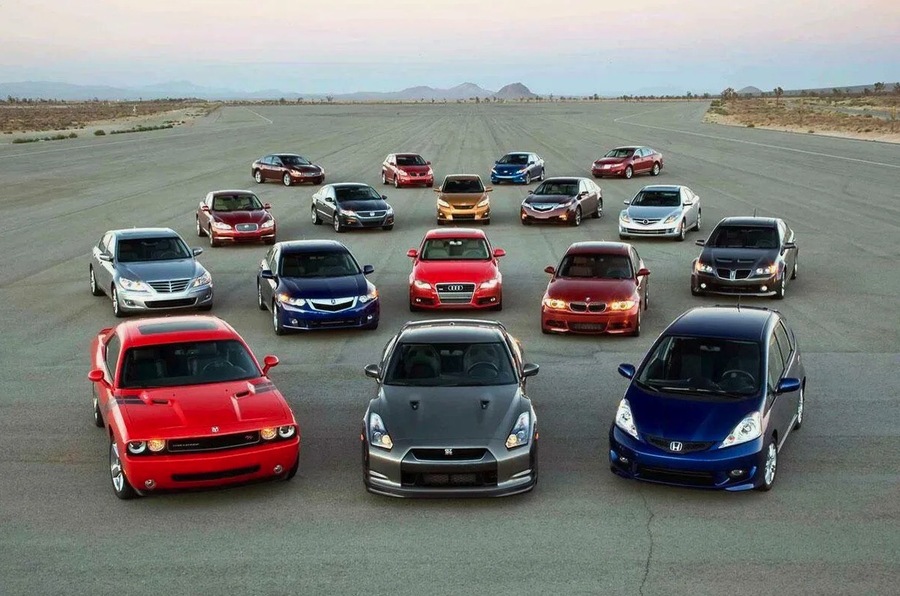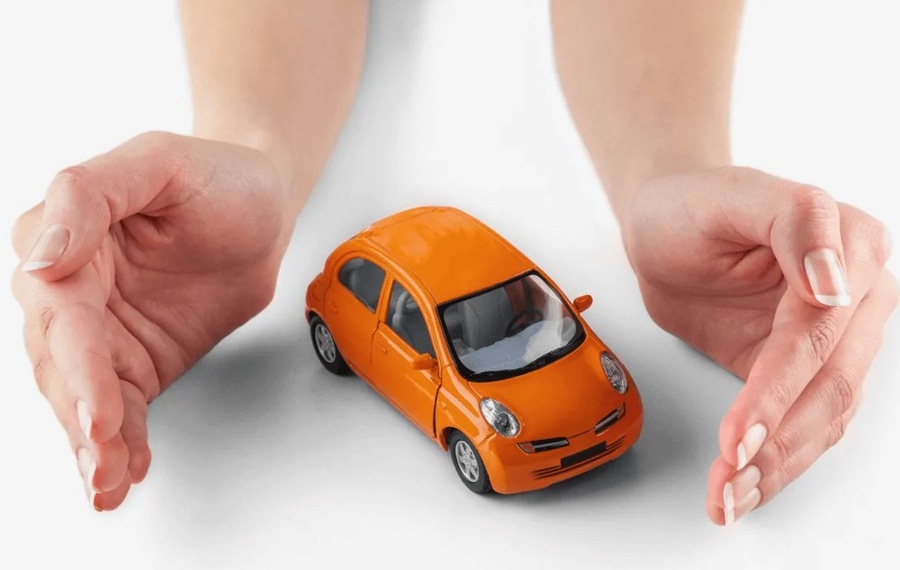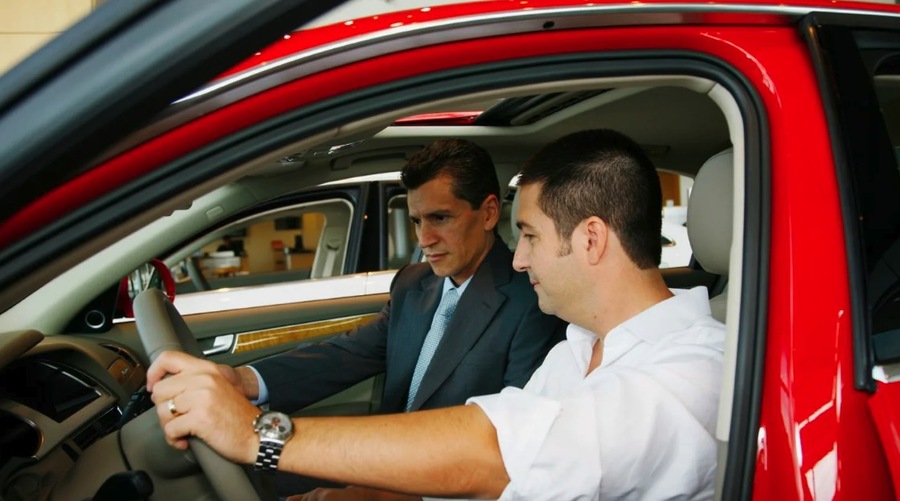The car body, or vehicle body, is the primary structure that shapes the vehicle and provides its aesthetic appeal and aerodynamic properties. It houses all the mechanical components, such as the engine, transmission, and suspension, as well as the passengers and cargo. The car body is integral to the vehicle’s overall functionality and safety, as it must withstand various forces during operation and in the event of a collision. Modern car bodies are engineered to be lightweight yet strong, using advanced materials like high-strength steel, aluminum, and composites to optimize performance and safety. The design of the car body also plays a significant role in fuel efficiency, with aerodynamic shapes reducing drag and improving overall vehicle economy.
The Evolution of Car Bodies
The history of car bodies is a fascinating journey of innovation and transformation.
Early 20th Century
In the early 20th century, car bodies were primarily constructed from wood and metal. These early vehicles, like the Ford Model T, were utilitarian with open structures that provided minimal protection from the elements. The focus was on functionality rather than aesthetics. However, as car manufacturing techniques improved, the use of steel became more prevalent, allowing for more robust and durable bodies. The introduction of closed bodies in the 1920s and 1930s, exemplified by models like the Chrysler Airflow, marked a significant shift. These vehicles featured streamlined designs influenced by advancements in aerodynamics, improving both performance and fuel efficiency.
Mid-20th Century
The mid-20th century brought significant innovations with the adoption of unitized or unibody construction, where the body and frame are integrated into a single structure. This method improved vehicle strength, reduced weight, and enhanced safety. The post-World War II era saw cars like the Chevrolet Bel Air and the Ford Mustang, which not only boasted stylish designs but also incorporated new technologies such as crumple zones and safety glass. These advancements highlighted the increasing importance of safety in car design, alongside performance and aesthetics.
Late 20th Century to Present
In the late 20th century, the automotive industry saw the introduction of lightweight materials like aluminum and composites, which further improved fuel efficiency and performance. Modern car bodies are designed with advanced aerodynamics, safety features, and innovative materials to meet stringent safety and environmental standards. Vehicles like the Tesla Model S and the BMW i8 showcase the cutting-edge design and technology of contemporary car bodies, featuring sleek, aerodynamic profiles, and integrated safety systems. The use of high-strength materials and computer-aided design (CAD) has enabled manufacturers to create car bodies that are both lightweight and incredibly strong, enhancing overall vehicle performance and safety.

Types of Car Bodies
The automotive industry offers a wide variety of car body styles to cater to different preferences and needs. Each body style has unique characteristics and is designed to serve specific purposes. For those looking to explore these options, Al Mizan Car Rental provides a range of vehicles to suit any requirement.
Sedan
A sedan is a classic car body style characterized by a three-box configuration with separate compartments for the engine, passengers, and cargo. Sedans typically have four doors and offer a comfortable and spacious interior, making them a popular choice for families and business professionals. The design emphasizes balance and comfort, with a focus on providing a smooth ride and ample passenger space. Examples of popular sedans include the Toyota Camry and the Honda Accord, both of which are known for their reliability, comfort, and practicality.
Hatchback
A hatchback features a two-box design with a rear door (hatch) that opens upwards, providing easy access to the cargo area. Hatchbacks often have a versatile interior with foldable rear seats to expand cargo space, making them ideal for urban driving and smaller families. The compact design of hatchbacks offers excellent maneuverability and fuel efficiency. Examples include the Volkswagen Golf and the Ford Focus, which are celebrated for their practicality, sporty handling, and efficient use of space.
Liftback
Similar to a hatchback, a liftback has a sloping rear roofline and a rear hatch that opens upwards. The main difference is the design, which offers a more aerodynamic and stylish look. Liftbacks provide the practicality of a hatchback with a sleeker appearance, appealing to those who want both style and functionality. Examples include the Toyota Prius and the Audi A5 Sportback, which combine eco-friendly performance with an elegant design.
Station Wagon
A station wagon, or estate car, has a longer body with an extended rear cargo area. It combines the comfort of a sedan with the cargo space of an SUV, making it ideal for families and long trips. Station wagons are designed to offer maximum versatility, with ample room for passengers and luggage. Examples include the Volvo V90 and the Subaru Outback, both known for their durability, spacious interiors, and practicality.
Crossover
A crossover, or CUV (Crossover Utility Vehicle), blends the features of a sedan and an SUV. Crossovers typically have a unibody construction, higher ground clearance, and a spacious interior. They are designed to provide the comfort and fuel efficiency of a sedan with the ruggedness and cargo capacity of an SUV. Crossovers are popular for their versatility and family-friendly features. Examples include the Honda CR-V and the Nissan Rogue, which offer a balance of comfort, performance, and utility.
SUV
Sport Utility Vehicles (SUVs) are larger and more rugged than crossovers, often built on a truck platform. They offer excellent off-road capabilities, high ground clearance, and a spacious interior. SUVs are designed to handle tough terrains and heavy loads, making them suitable for outdoor enthusiasts and large families. Examples include the Jeep Grand Cherokee and the Toyota Land Cruiser, both of which are renowned for their durability, off-road performance, and spacious interiors.
Minivan
Minivans are designed for maximum passenger and cargo space, making them ideal for families and group travel. They typically have sliding rear doors for easy access and a flexible interior layout that can accommodate both passengers and luggage. Minivans offer practicality and comfort, with features designed to enhance family travel. Examples include the Honda Odyssey and the Chrysler Pacifica, which are equipped with advanced safety features, entertainment systems, and versatile seating arrangements.
Coupe
A coupe is a sporty car body style with a sleek, two-door design. Coupes often have a lower roofline and a focus on performance and aesthetics. They are designed to offer an engaging driving experience, with a focus on style and handling. Coupes are popular among driving enthusiasts who value performance and design. Examples include the Ford Mustang and the Audi TT, both of which are known for their sporty performance and iconic designs.
Cabriolet
Also known as a convertible, a cabriolet features a retractable roof that allows for open-air driving. Cabriolets offer a stylish and enjoyable driving experience, with the option to drive with the top down in good weather. They are designed for those who enjoy the thrill of open-air driving and the flexibility of a convertible roof. Examples include the BMW 4 Series Convertible and the Mazda MX-5 Miata, which are celebrated for their fun driving dynamics and stylish designs.

Choosing the Right Car Body
The automotive industry offers a large selection of cars in different body styles, allowing consumers to choose based on their needs and preferences. However, experiencing the advantages and disadvantages of each body style doesn’t require owning a fleet of vehicles.
Experience Different Car Bodies with Al Mizan Car Rental
Al Mizan Car Rental in Dubai provides an excellent opportunity to try various car body styles. Whether you need a practical minivan for family trips or dream of driving a stylish convertible, Al Mizan Car Rental has you covered. For instance, if you’re a family man with a minivan and an SUV in your garage but dream of experiencing the thrill of a convertible, you can rent a stylish and fast BMW 420i Convertible at a special price of 3480 AED per week. Enjoy the wind in your hair and the freedom of the open road with Al Mizan Car Rental’s diverse fleet of vehicles.
Conclusion
The car body is a critical aspect of vehicle design, influencing everything from aesthetics to performance and safety. The evolution of car bodies has been marked by significant advancements in materials, design, and technology. Today, the automotive industry offers a wide range of car body styles to meet the diverse needs and preferences of consumers. Whether you prefer the practicality of a sedan, the versatility of a hatchback, or the luxury of a convertible, there is a car body style for everyone. To explore and experience different car bodies, consider renting from Al Mizan Car Rental in Dubai, where you can find the perfect vehicle for any occasion.

Fixie owner, vegan, ukulelist, reclaimed wood collector and doodler. Making at the fulcrum of aesthetics and function to answer design problems with honest solutions. German award-winning designer raised in Austria & currently living in New York City.
